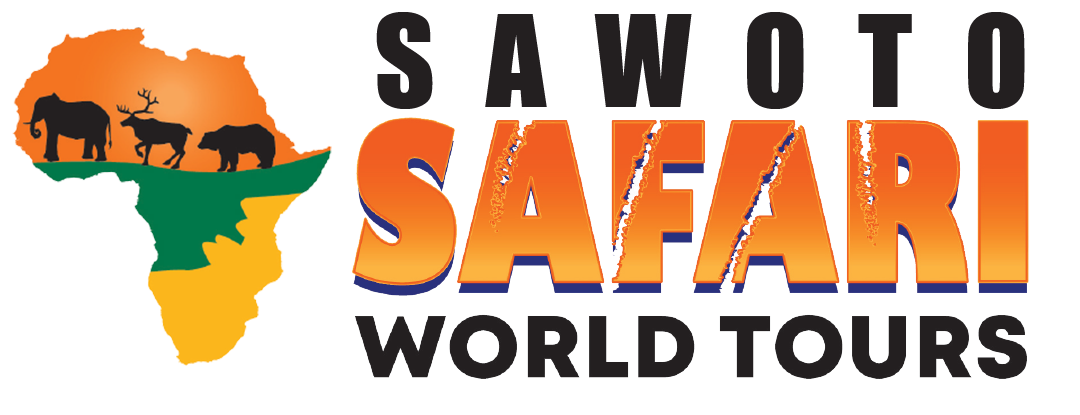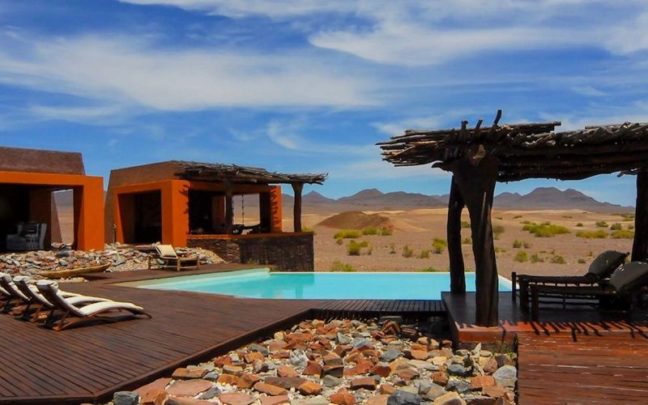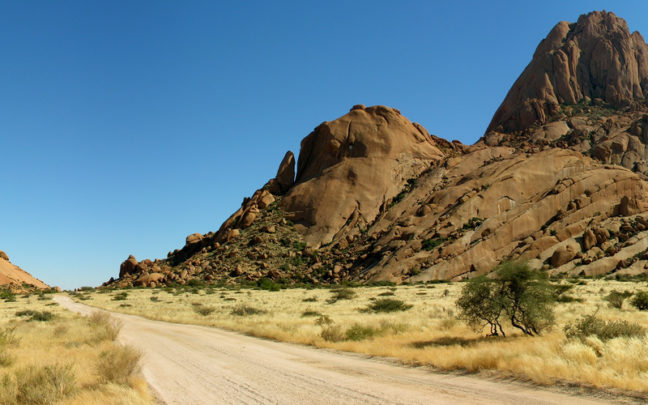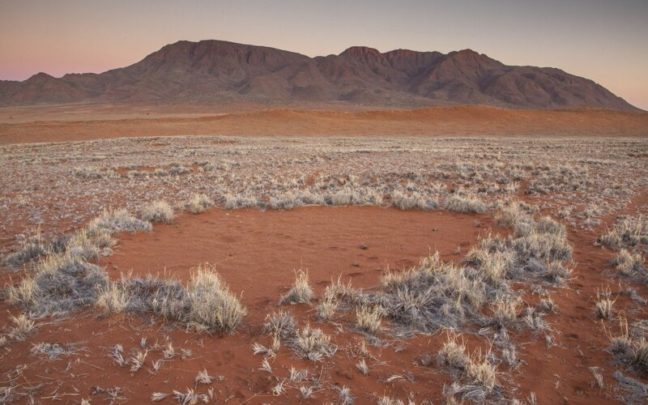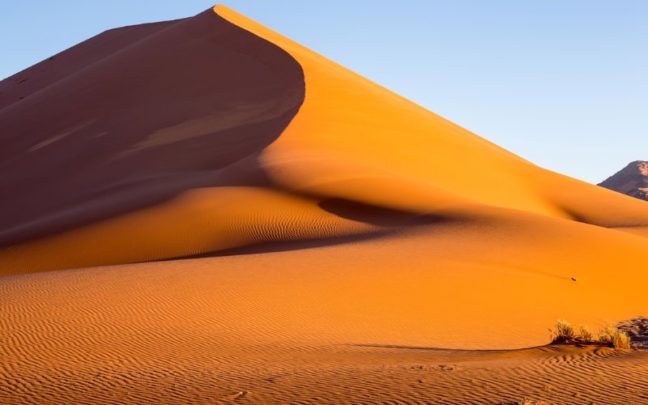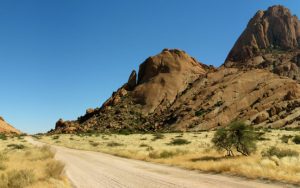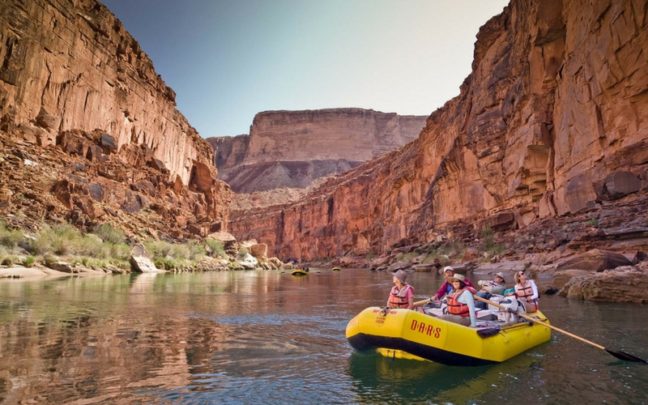Tour Details:
12 Days Discover Namibia Safari (Camping) allows you to see the main highlights that Namibia has to offer in Africa. In just 12 days we would never be able to fit in everything you wanted to see but you will see the main attractions. You will spend time amongst the ancient dunes in Sossusvlei, and go back in time to the coastal time of Swakopmund. Experience the vast landscapes of Spitzkoppe and Brandberg with exceptional game viewing at the world-famous Etosha National Park.

